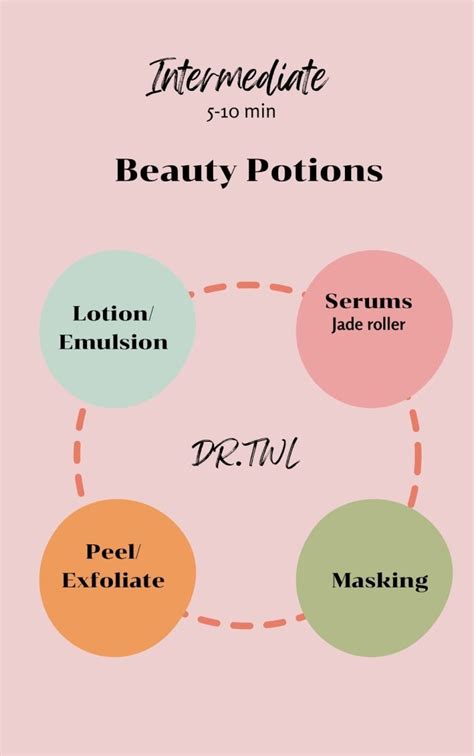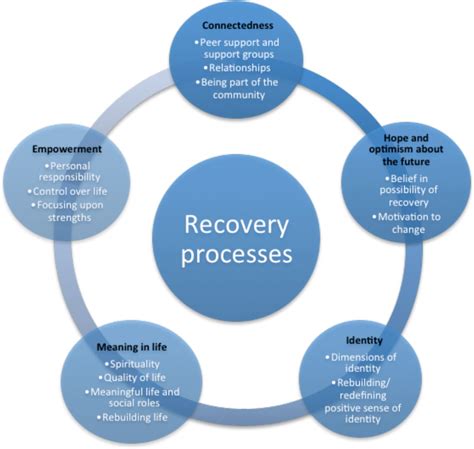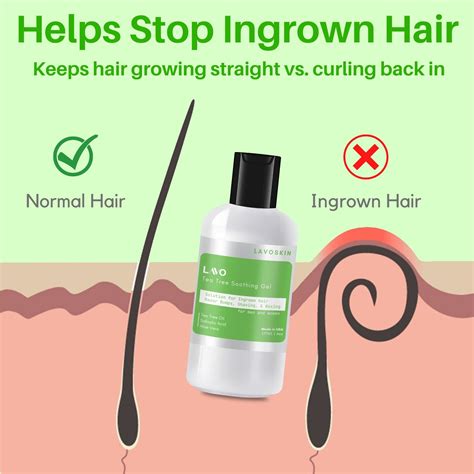Preventing razor burn & ingrowns for a consistently sharp, performance-optimized look?
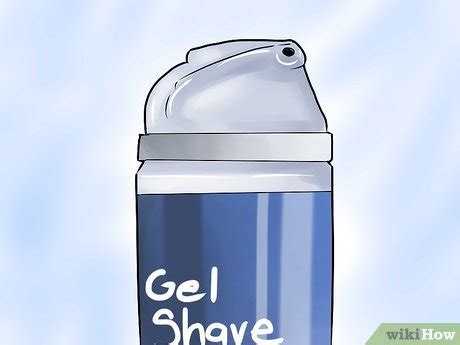
Achieving a Flawless Shave: The Ultimate Guide to Preventing Razor Burn and Ingrown Hairs
For anyone striving for a consistently sharp and impeccably groomed appearance, few frustrations are as common or as vexing as razor burn and ingrown hairs. These unwelcome side effects of shaving can undermine even the most diligent grooming routine, leading to redness, irritation, and bumps that detract from an otherwise polished look. The good news is that with the right knowledge, techniques, and products, these common issues can be effectively prevented, ensuring a smooth, comfortable, and performance-optimized shave every time.
Understanding Your Adversaries: Razor Burn and Ingrown Hairs
Before diving into prevention, it’s crucial to understand what you’re up against. Razor burn is essentially skin irritation caused by improper shaving techniques, such as shaving too aggressively, using a dull blade, or shaving against the grain. It manifests as redness, stinging, and a burning sensation, often appearing immediately after shaving.
Ingrown hairs, on the other hand, occur when a shaved hair curls back into the skin and grows inwards, leading to red, itchy bumps that can sometimes become infected. This is more common in individuals with curly or coarse hair and can be exacerbated by incorrect shaving angles or clogged pores.

The Foundation: Pre-Shave Preparation is Key
A successful, irritation-free shave begins long before the blade touches your skin. Proper preparation is the cornerstone of preventing both razor burn and ingrown hairs.
- Warm Water and Cleansing: Start by washing your face with warm water and a gentle facial cleanser. Warm water helps open pores and soften hair, making it easier to cut. Cleansing removes dirt, oil, and dead skin cells that can clog pores and interfere with the blade.
- Exfoliation: Incorporate a mild facial scrub or chemical exfoliant (like salicylic acid) 2-3 times a week, and especially before shaving. Exfoliation helps remove dead skin cells that can trap hairs and lead to ingrowns, while also lifting hairs for a closer, smoother shave.
- Quality Shave Cream/Gel: Never dry shave. Apply a generous layer of high-quality shave cream or gel. Look for formulas that are rich, moisturizing, and contain soothing ingredients like aloe vera or glycerin. Allow it to sit on your skin for a minute or two to further soften the hair.

Mastering the Shave: Technique Matters
Your shaving technique is perhaps the most critical factor in preventing discomfort and achieving that consistently sharp look.
- Sharp Blades are Non-Negotiable: A dull blade is the primary culprit behind razor burn. It tugs at hair instead of cutting it cleanly, irritating the skin. Replace disposable razors after 5-7 uses, or cartridges every 1-2 weeks.
- Shave With the Grain: Always shave in the direction your hair grows. While shaving against the grain might feel like it gives a closer shave, it significantly increases the risk of razor burn and ingrown hairs by pulling hairs away from the follicle at an unnatural angle.
- Light Pressure: Let the razor do the work. Applying too much pressure forces the blade into your skin, causing irritation. A sharp blade requires minimal pressure to cut effectively.
- Rinse Frequently: Rinse your razor blade often under warm water to clear away accumulated hair and shave cream, ensuring a clean cut with each pass.
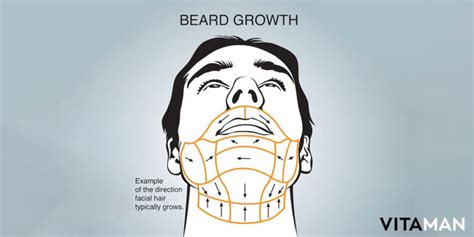
Post-Shave Perfection: Soothe, Hydrate, Protect
The job isn’t done once the last hair is cut. Post-shave care is vital for calming the skin and locking in moisture.
- Cold Water Rinse: After shaving, rinse your face with cold water. This helps close pores and soothe the skin, reducing redness and irritation.
- Alcohol-Free Aftershave Balm/Serum: Skip harsh, alcohol-based aftershaves that can dry out and irritate your skin. Opt for a soothing, alcohol-free balm or serum with ingredients like aloe vera, witch hazel, or chamomile to calm inflammation. Some products also contain salicylic acid or glycolic acid to help prevent ingrowns.
- Moisturize: Finish with a good quality, non-comedogenic facial moisturizer. Hydrated skin is healthy skin, and less prone to irritation and ingrown hairs.

Long-Term Strategies for a Flawless Finish
Consistency is key to maintaining a smooth, irritation-free complexion. Make these practices part of your regular grooming routine.
- Patience and Practice: If you’re new to these techniques, it might take a few shaves to see significant improvement. Be patient and consistent.
- Consider Your Tools: If razor burn and ingrowns remain a persistent problem, you might want to experiment with different shaving tools. A safety razor, for example, is often lauded for its ability to provide a close shave with less irritation, as it uses a single, sharp blade. Electric razors, while not providing as close a shave, can be gentler on sensitive skin.
- Hydration and Diet: Don’t underestimate the role of overall skin health. Staying well-hydrated and maintaining a balanced diet contribute to healthy skin, which is more resilient to shaving stressors.

By adopting a holistic approach to your shaving routine – from meticulous preparation to precise technique and thoughtful post-shave care – you can effectively banish razor burn and ingrown hairs. Embrace these steps, and you’ll not only achieve that consistently sharp, performance-optimized look but also enjoy a far more comfortable and confident grooming experience.

